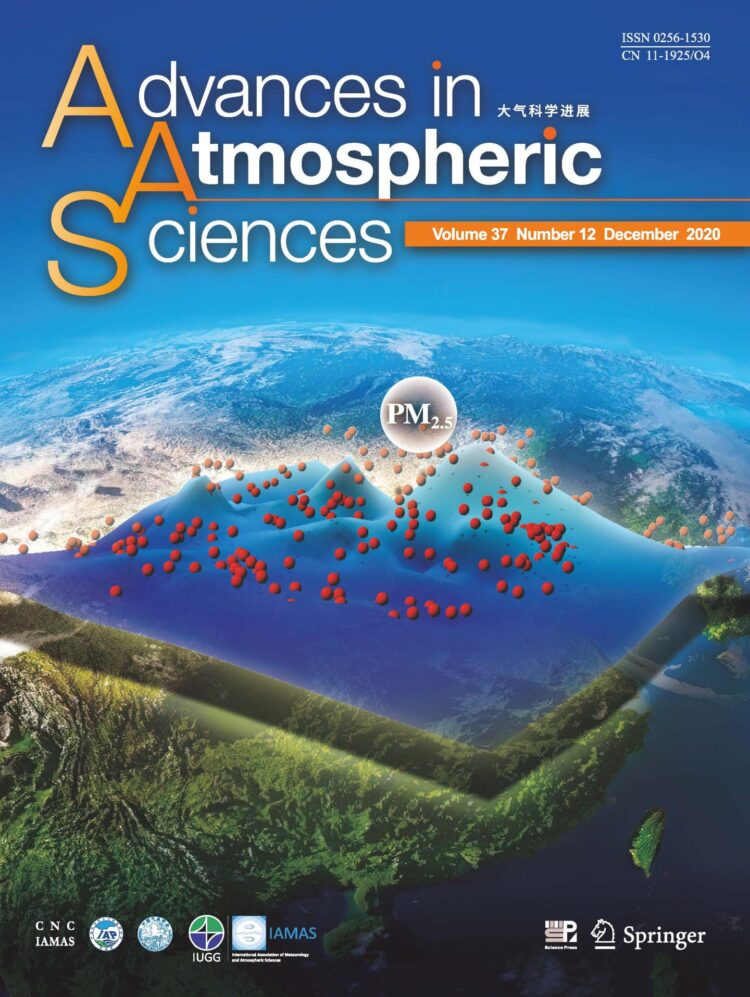
Credit: Advances in Atmospheric Sciences
For the first time, researchers have compared air pollution in urban and suburban areas across all of China. Using data from the China National Environmental Monitoring Center (CNEMC), the researchers found that one air pollutant, called particulate matter (PM2.5), may be overestimated in winter, while another pollutant, called ozone (O3), is significantly underestimated.
They published their results in the peer-reviewed journal Advances in Atmospheric Sciences (https:/
“Since the urban region accounts for only 2% of the whole country’s area, the urban-dominant air quality data from the CNEMC network may overestimate winter PM2.5 but underestimate winter O3 over the vast domain of China,” said paper author Xu Yue, professor at Nanjing University of Information Science & Technology. “The study suggests that the CNEMC monitoring data should be used with caution for evaluating chemical models and assessing ecosystem health, which require more data outside urban areas.”
Both PM2.5 and Ozone are respiratory hazards and can be detrimental to human and animal health, as well as ecosystems.
“The differences between urban and non-urban areas, such as the intensity of human and plant activities, can lead to differences of ozone and PM2.5 concentrations between land types,” Yue said. “Our study tries to answer the question: How different is the air pollution between urban and non-urban areas in China?”
The researchers examined air quality data from 1,171 urban and 110 suburban sites built by the CNEMC during an observational period from 2015 to 2018. “The pattern whereby the non-urban ozone concentrations and the urban PM2.5 level are higher dominates across time and space,” Yue said. “Such contrast is significant in winter but insignificant in summer.”
Since most of the data is available from urban sites, it does not likely apply uniformly across the rest of the country, according to Yue. This can be problematic when it comes to designing efforts to improve pollution and conserve plant life in suburban or rural areas.
“We suggest that more nonurban sites are necessary to build for better representation of air pollution level over the vast domain in China,” Yue said. Ultimately, the researchers plan to improve their analysis model to achieve the most accurate estimation of air pollution impacts on ecosystem functions in China.
###
This work was jointly supported by the National Key Research and Development Program of China and the National Natural Science Foundation of China.
Paper co-authors include Lan Gao, Yadong Lei, Chenguang Tian and Liang Qiu, all with the Climate Change Research Center in the Institute of Atmospheric Physics in the Chinese Academy of Sciences and the University of Chinese Academy of Sciences; Xiaoyun Ming and Li Du, China National Environmental Monitoring Center. Qiu is also affiliated with the School of Atmospheric Sciences at Chengdu University of Information and Technology.
Media Contact
Ms. Zheng Lin
[email protected]
Related Journal Article
http://dx.





